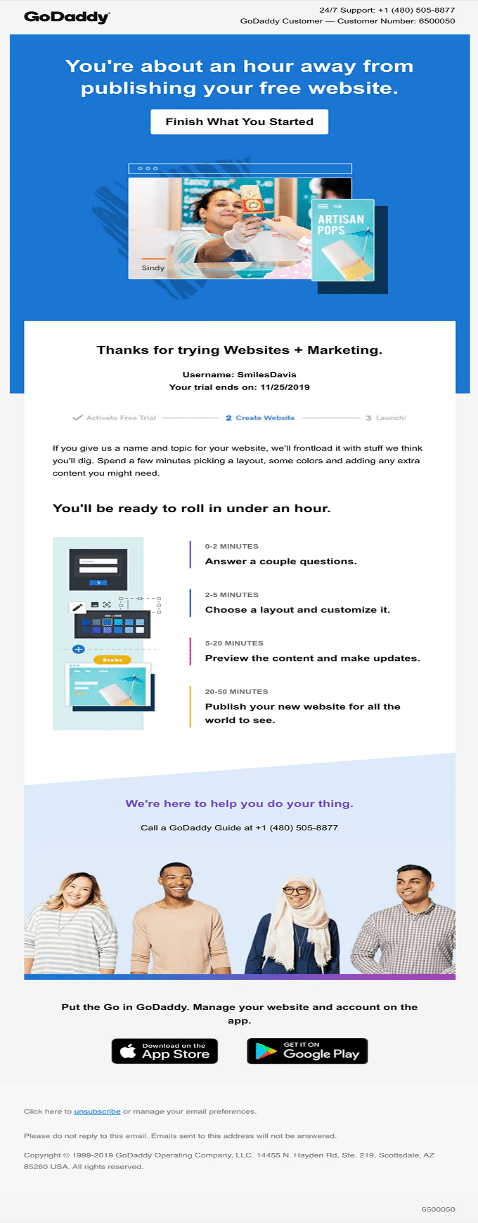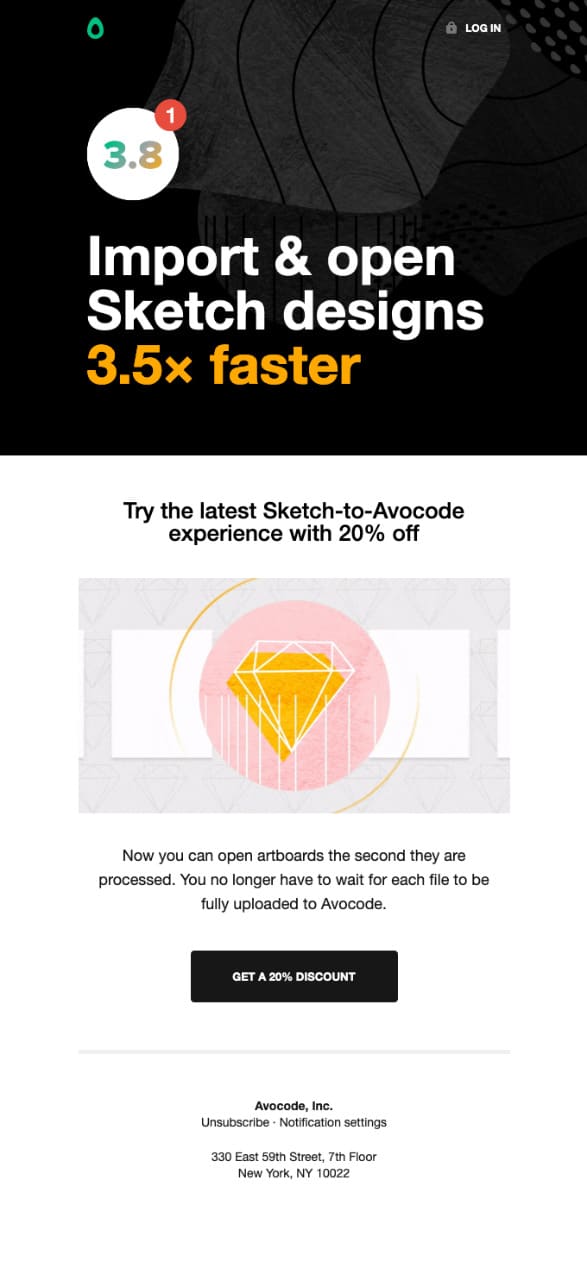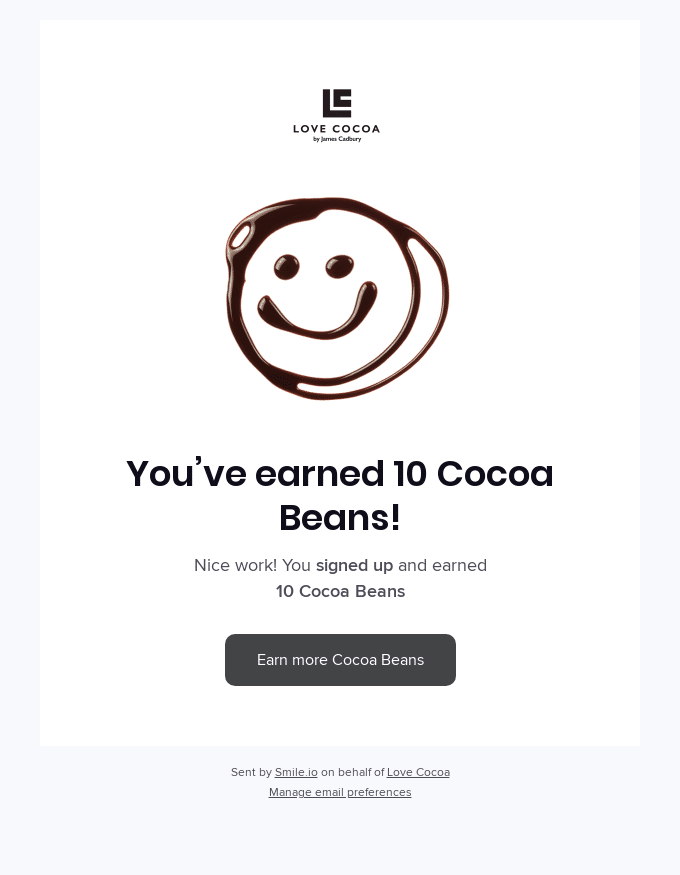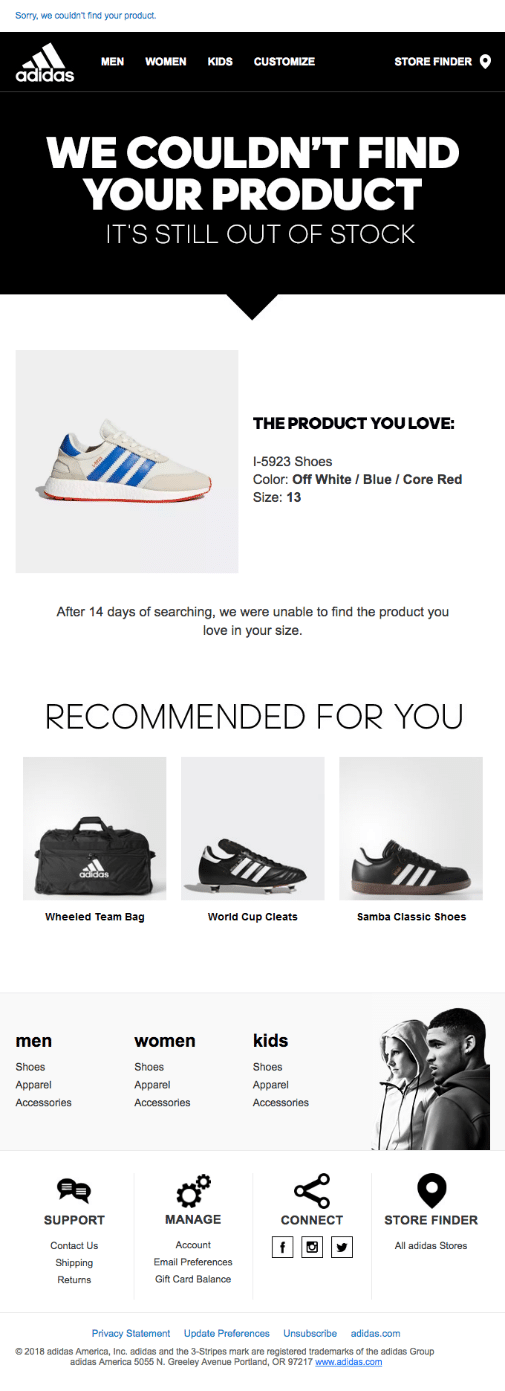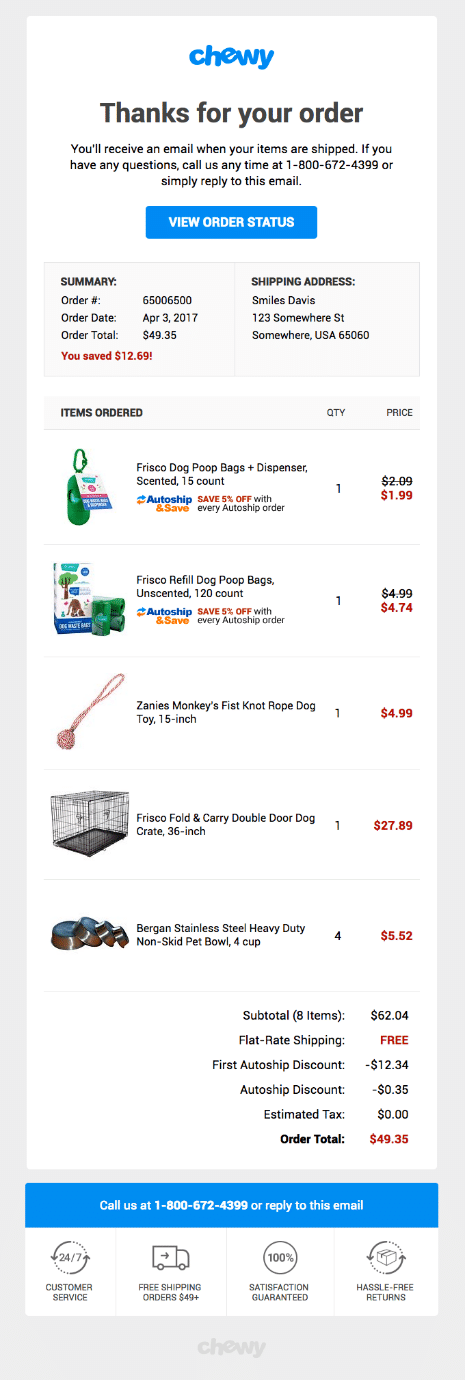10 marketing automation best practices every marketer should know
As a seasoned digital marketer, you have a lot of people waiting eagerly for your content.
With hundreds, thousands, or even millions of people ready to see what you deliver to their inbox, you have a lot of work ahead of you.
This is where automation comes in. Also known as a drip campaign, it’s the next best thing to having someone do your work for you — without having to pay them. In this case, it’s a product of your email tool of choice to send the right content to the right person.
Today we’ll show some of the top email marketing automation best practices and why each one can be valuable to you.
Learn from these examples of email automation done right
There are plenty of ways to implement email automation. They’re always based on timing or action triggers and can be the best way to provide exactly what a user needs at the precise moment.
Welcome newcomers
Who doesn’t like being greeted when they’re a newcomer? This is one of the easiest emails to automate because the trigger is so simple. When you get a new subscriber, have an email automatically set up to make them feel welcomed.
Source: Really Good Emails
This is the perfect moment to put the subscriber on the right track. Make sure they have links to resource centers, FAQ pages, and support lines so they can get any questions addressed.
You should also provide them with the links you want them to engage with. Product catalogs, social profiles, and sign-up pages can be provided in a first-time welcome email.
If this seems basic, consider launching an entire welcome campaign. To make sure the first one doesn’t come off as too pushy, start with a welcome message. Then follow up with another two or three, each providing links to content you’d like the newcomer to engage with.
Onboard after trials
This is especially useful if you’ve had someone try a trial version of your service. Once they complete it, you can trigger an email that incentivizes them to continue along the journey.
Source: Really Good Emails
This email can include info on when a trial ends, what all the user accomplished with it, and what new features could be unlocked with a full version.
It’s also an easy type of automation to do since free trials are so popular. Free trials can be a great sales pitch, especially when used in conjunction with referrals and other tools. They’ve helped companies like Dropbox boost signups by 60%.
Hype new product launches
This is one of the few types of email automation that doesn’t rely on any specific action from the user. It’s all about the company. Specifically, this email can be sent out to all subscribers to introduce a new product to the catalog.
Source: Really Good Emails
In accordance with marketing automation best practices, this type of email is usually preceded by an entire campaign. Providing plenty of content to get people excited about a new product is a sure way to boost its sales.
This email can also be followed up with others, providing users with insight on how to sample the product, any discounts applicable to it, or even further promotion about the specific features it has that make it stand out.
Inform customers about product updates
Automated product emails don’t just have to be reserved for new releases. They can also be used to send out information about important updates to existing products.
Source: Really Good Emails
This is most common with products like software, which get updated frequently. However, it can also be used for physical products that are being released in a new line with a specific modification.
Best practices for product update emails usually contain info about what’s changed, why it’s changed, and whether anything else will be different about the product with the update. This includes the price or any warranties associated with it.
If it’s software, for example, a user may need to know how a patch will affect their workflows. It’s generally good to send these emails a bit before the update takes effect so customers will be prepared.
Promote product sales
No one likes to miss a sale. For the company that expects to make money off the sale, they don’t want anyone to miss it either. Automating sales emails guarantees no one on your list will miss out on the sale because they didn’t know it was coming.
Source: Really Good Emails
Best practices sometimes see these emails planned out months in advance. Popular times of the year for sales — like the summer or the end-of-year holiday season — almost always have sales campaigns associated with them.
The more time and effort you put into creating these emails in advance, the more significant impact they’ll have on your subscribers. These events don’t always have to be relative to holidays or seasons either. They can be for a company that’s moving, going out of business, or changing in any way.
Instantly reward customer loyalty
Nearly every brand has some type of rewards or loyalty program. When customers have an account where they can generate points or credits, it sets up a perfect opportunity for automated emails.
Source: Really Good Emails
A 5% increase in customer loyalty can boost the average profit per customer by anywhere between 25-100%. Since loyalty programs are an effective way to keep customers engaged, it’s wise to keep them updated on just how well the loyalty program is serving them.
Not only can you alert them when they earn points or rewards, but you can also alert them when they have enough for a certain reward tier.
Build anticipation for special events
Just like no one likes missing a sale, they don’t like missing a big event either. Many industries have trade shows, expos, and other events. These bring the best minds from the company and even the industry together.
Source: Really Good Emails
Similar to a product launch, this type of automated email should be part of a campaign. Best practices involve preceding it with emails in the weeks or even months leading up to the event.
The reason you should start this type of campaign earlier than the one for a product launch is that people may need to make arrangements to attend. Travel tickets, hotel bookings, and other accommodations may need to be made, so start these automated sequences early.
Create personalized invitations
Email is the perfect medium for invitations. Invites could be used for a special event, a web conference, a job interview, and more.
Source: Really Good Emails
Some of the most common uses for invitations from a business perspective involve asking a user to take advantage of rewards. Whether they’ve qualified for a gift card, gained access to a special tier of service, or even simply earned a discount on a certain product, these emails can be sent as soon as the criteria are met.
Even if they’re receiving something of value, allowing them to opt in shows their privacy is respected.
Provide out-of-stock notices
Sometimes you’ll have a customer who wants a product you don’t have at the moment. If you have your system set up to check inventory, you can trigger an automated response so customers aren’t left waiting.
Source: Really Good Emails
While it may seem like the type of email a person wouldn’t want to receive, it can be better than no response at all. This email could be triggered when a person attempts to order a product or inquires directly about its availability. It can even be set up to trigger in specific time intervals, letting a person know every week, for example, if a product has ever come in.
Best practices for this email involve checking back often to see if the product has arrived, so you can send the appropriate message when it does. Doing so can help make sure you don’t miss out on a sale and send prospective buyers to the competition.
Order confirmation
We close the list with what may seem like a simple option, though it’s easy to overlook. For those who are new to e-commerce, it’s wise to use order confirmation emails. Making these part of your drip campaigns can give buyers some much needed certainty on whether their orders were actually put through your system.
Source: Really Good Emails
Order confirmation emails should have the confirmation number, date, and a detailed breakdown of the total, including shipping costs and tax. You should also include the shipping address plus any rewards points used on the purchase — or any specific discounts applied.
Wrap up
Marketing automation best practices are about providing the right information at the perfect time. When you’re looking to create automated campaigns, make sure you remember these fundamentals:
-
Automation can be used to welcome customers, confirm their purchases, and promote deals
-
Some automated emails, like event invites or product launches, should be part of a campaign
-
Automated triggers can be customer actions, specific dates, and company actions
Marketing automation best practices can help you speed up your efforts without sacrificing efficiency. Check out this article for more tips on how to make it work for you.
MOST RECENT ARTICLES
Want to engage your audience and grow your brand? Try Emma's robust easy-to-use product today.


